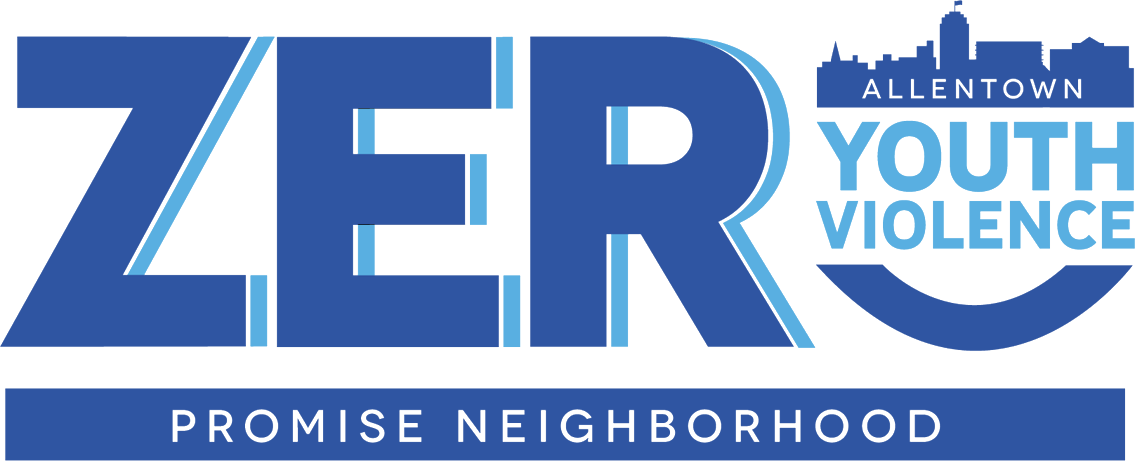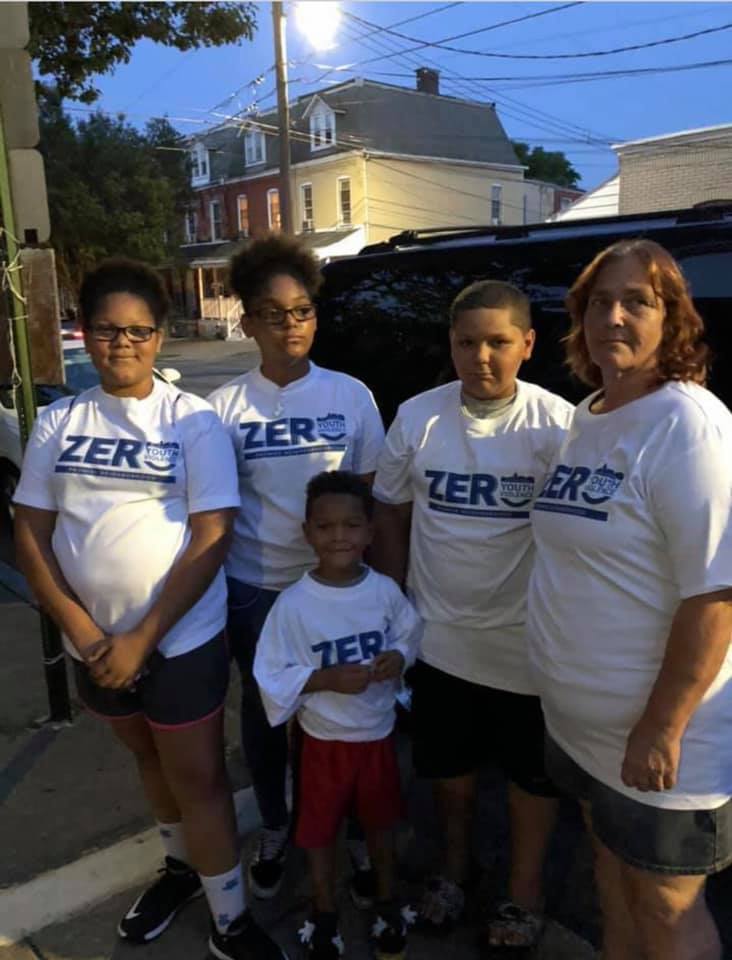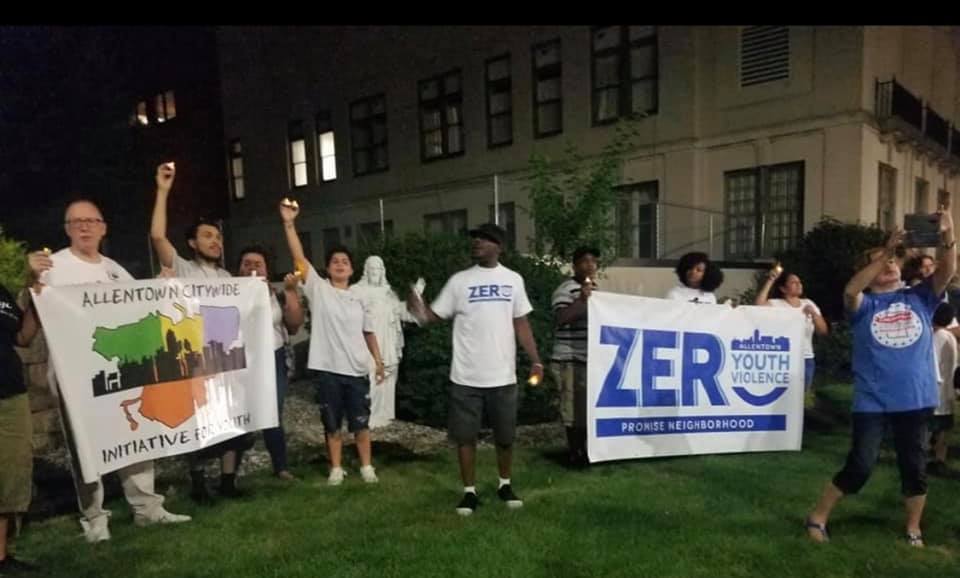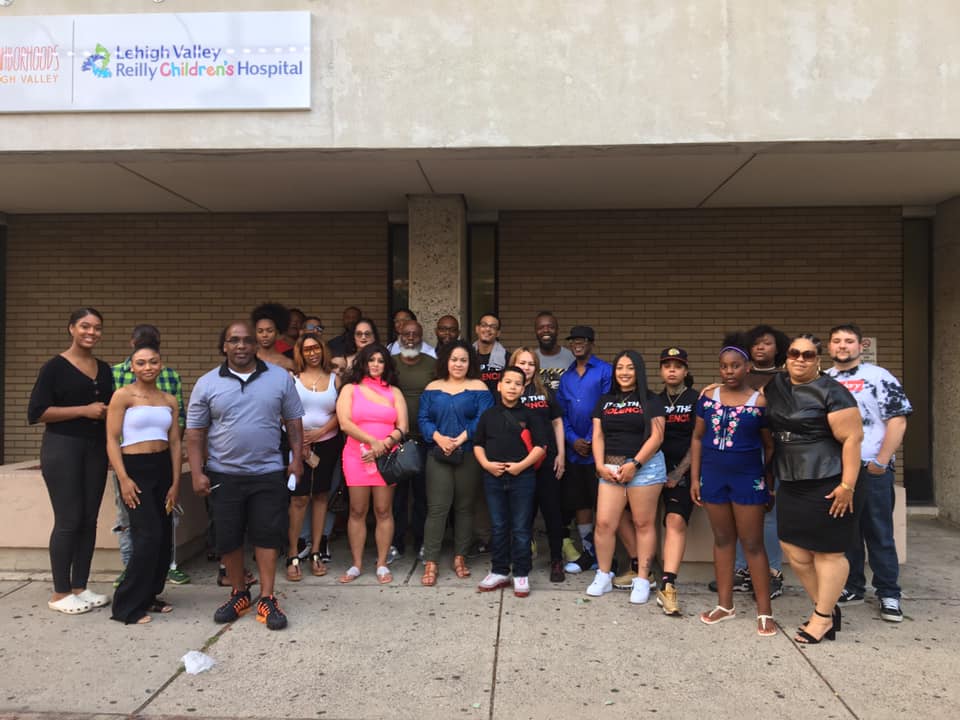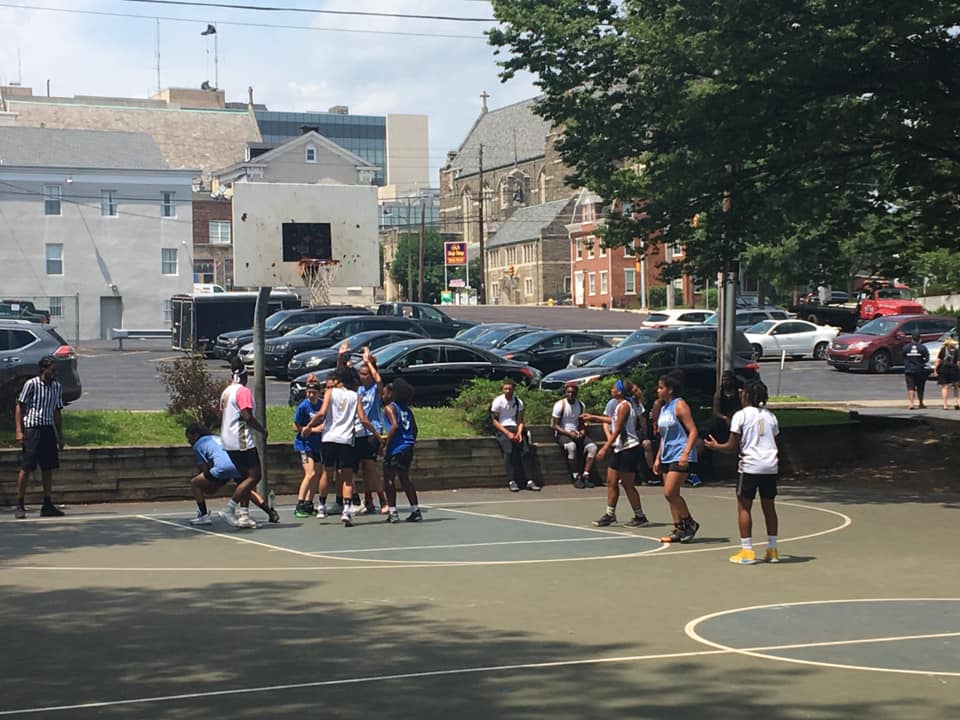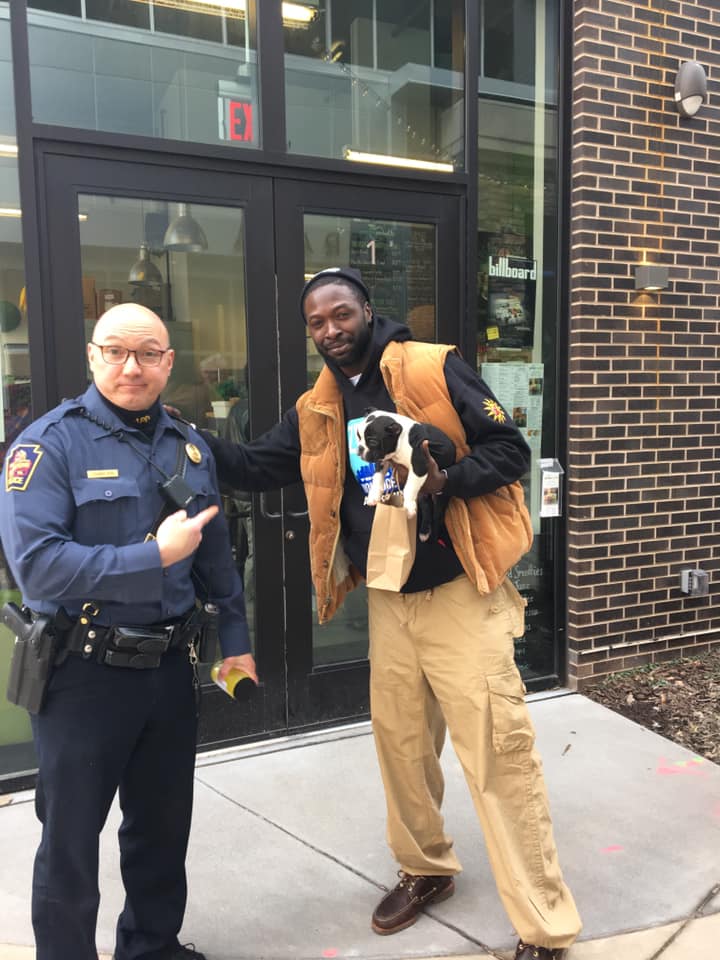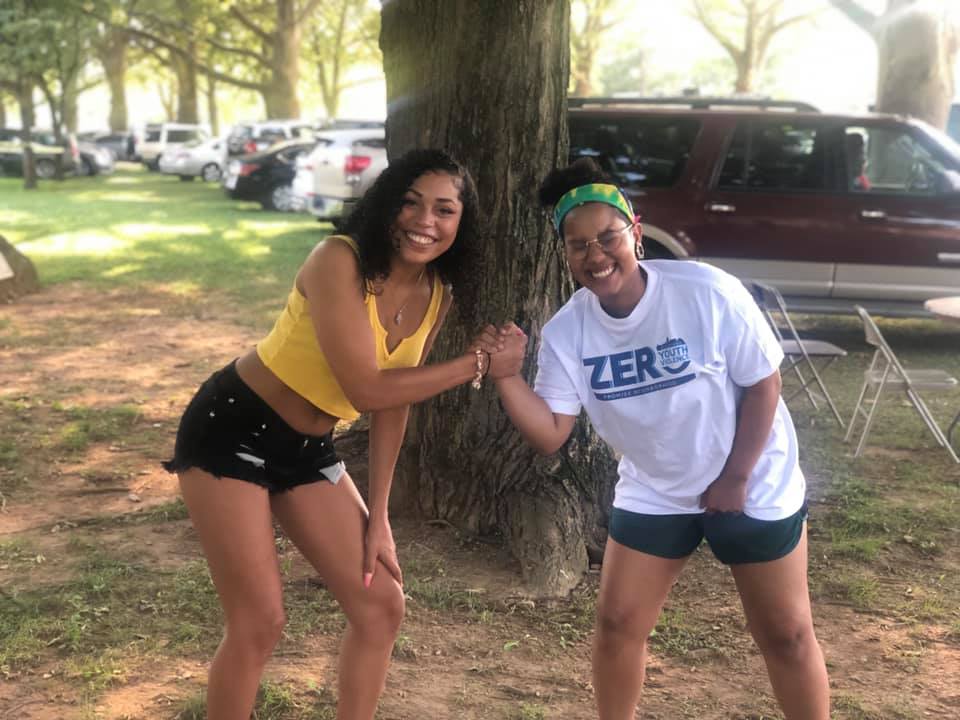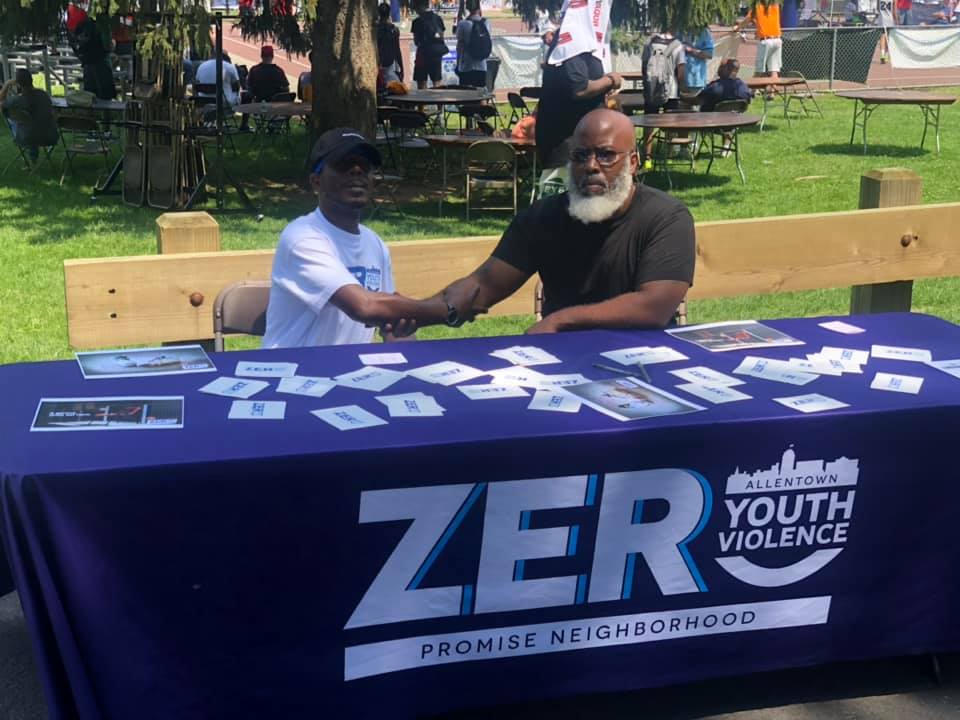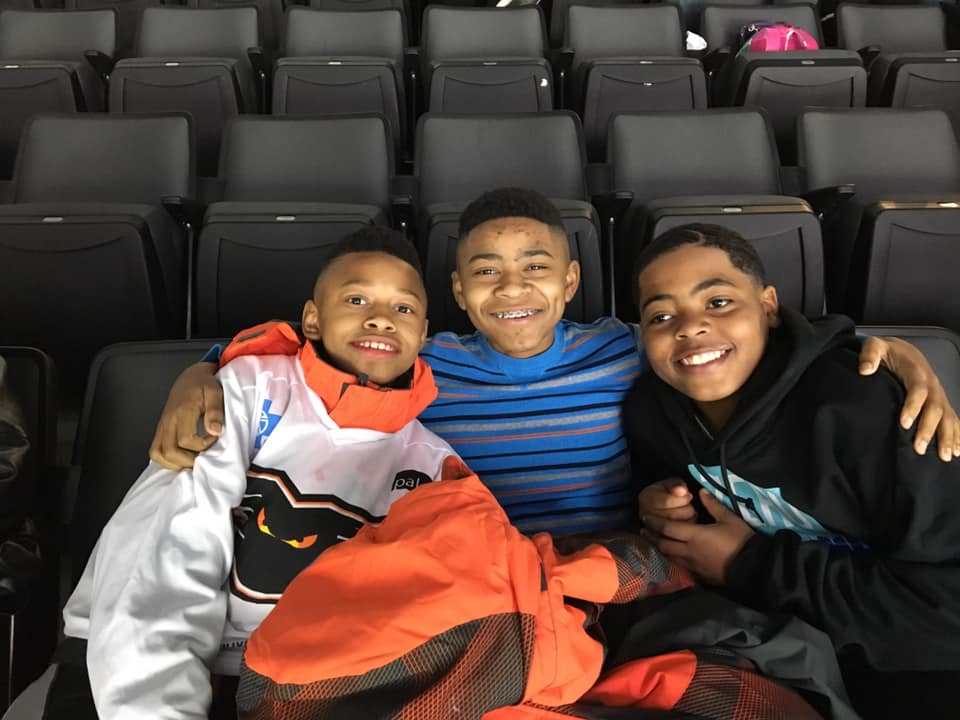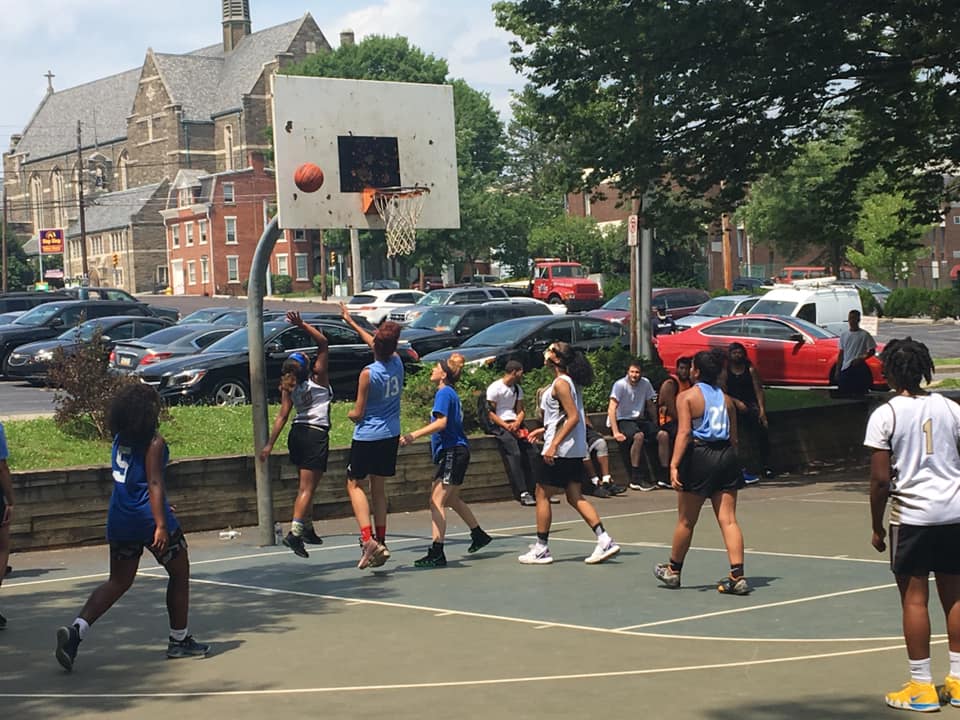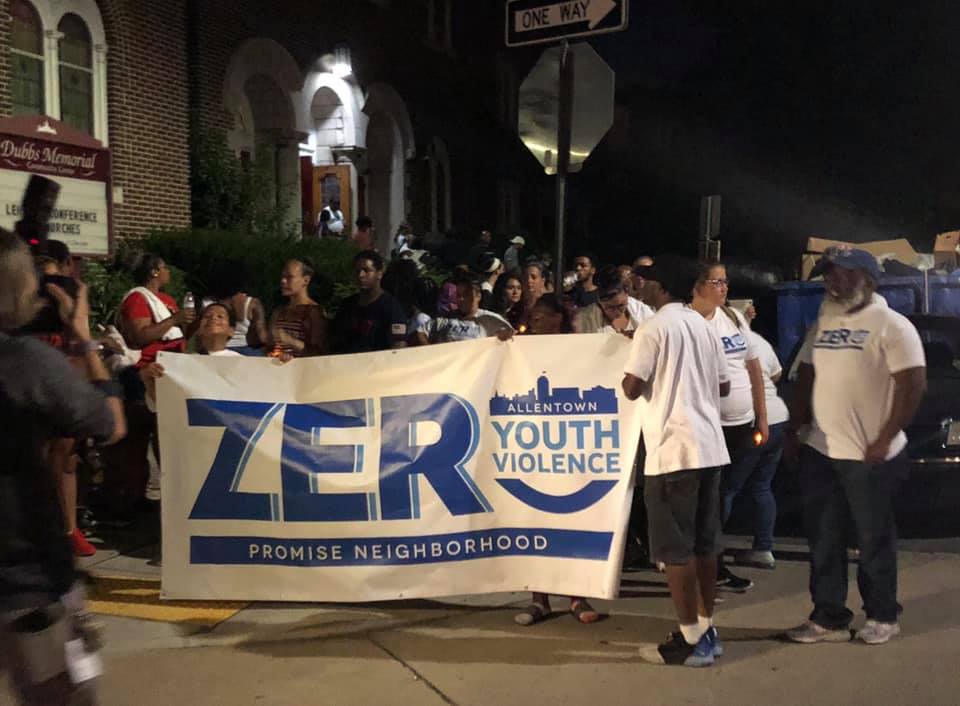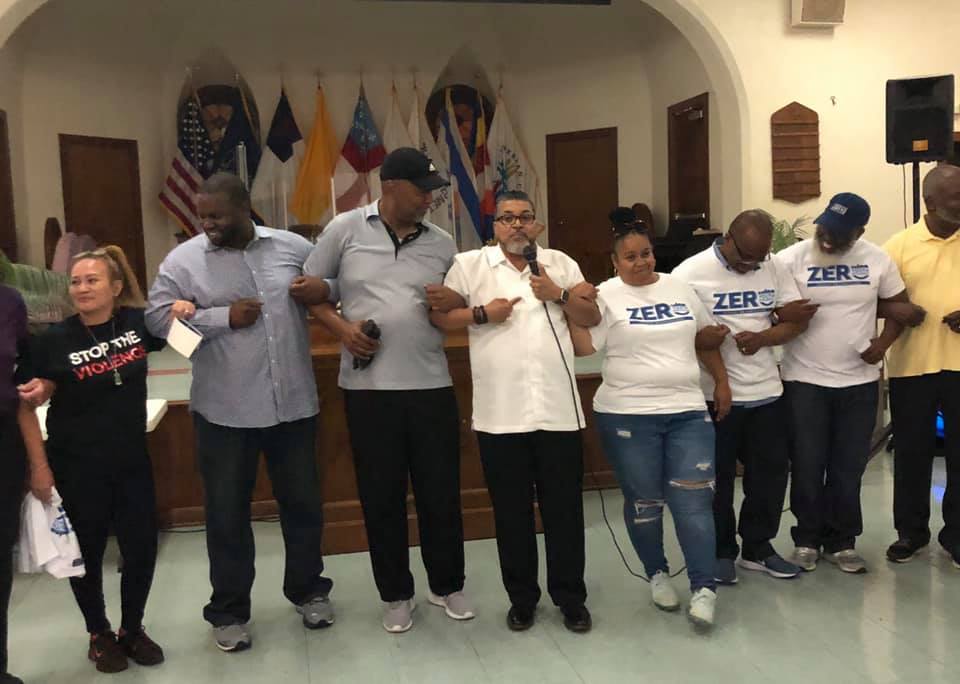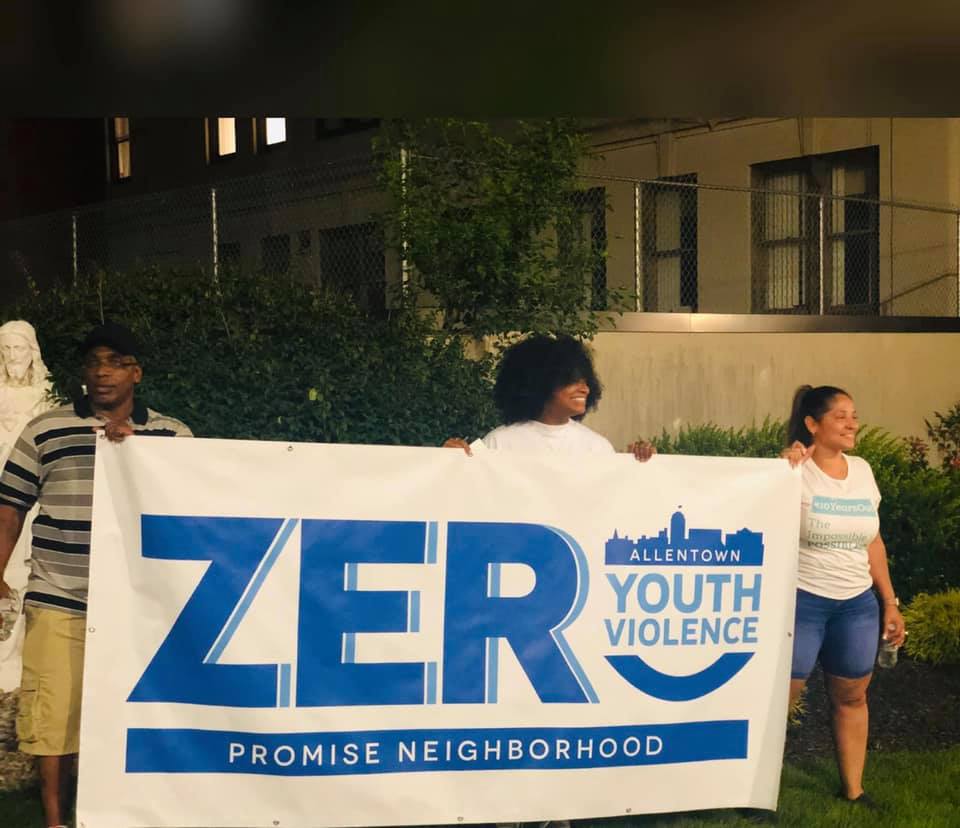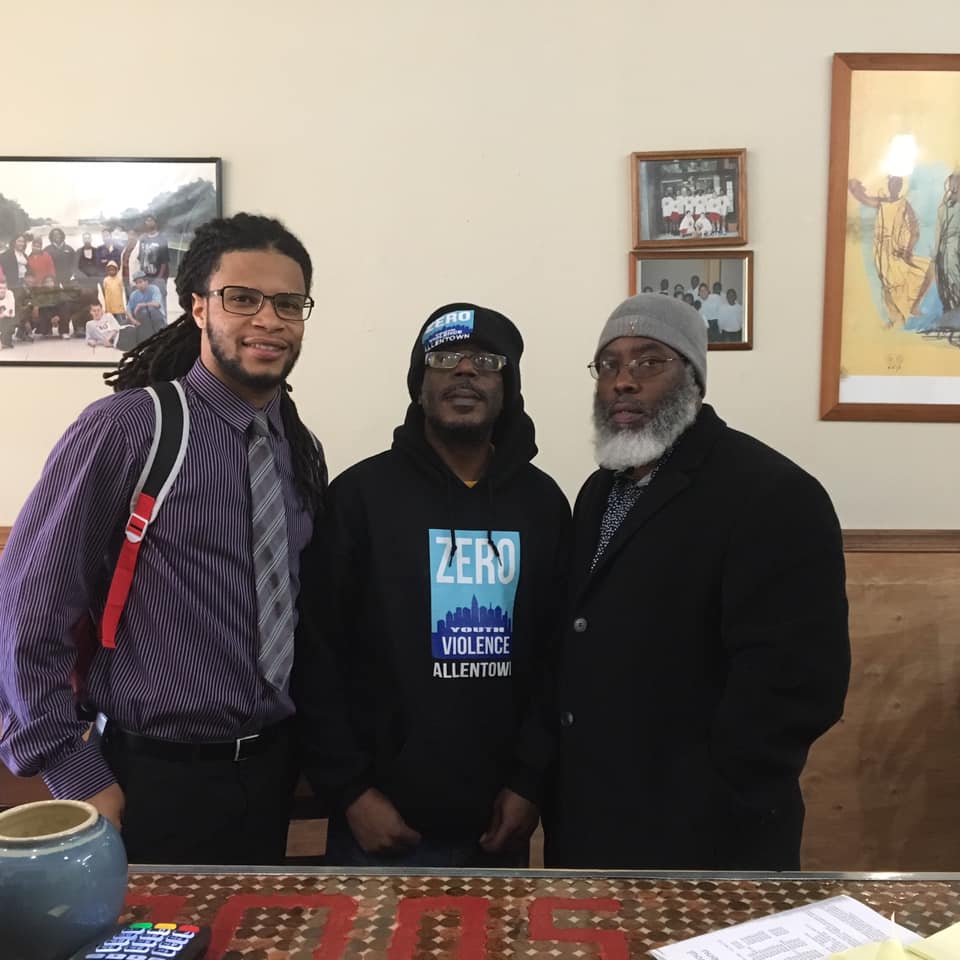Zero Youth Violence
What is Zero Youth Violence?
Zero Youth Violence is Allentown, a city collaborative, anti-violence program. Zero Youth Violence is a part of Promise Neighborhoods.
Promise Neighborhoods is dedicated to helping others find a sense of hope, a sense of belonging, and a sense of agency (a chance to make purposeful decisions in their lives). Cure Violence stops the spread of violence by using the methods and strategies associated with disease control – detecting and interrupting conflicts, identifying and treating the highest risk individuals, and changing social norms – resulting reductions in violence of up to 70%.
Why ZYV?
Violence is a contagious disease. If it goes untreated, it will spread uncontrollably. Interrupting violence at its root. prevents its chances of survival. A city working together can achieve Zero Youth Violence.
How will we help?
Healing is done in community. Zero Youth Violence introduces people back into a community of love. Zero Youth Violence is here to help people connect with the resources the city has, and to increase individuals chances of success. Undering each person different, our team of credible messengers will help you, based you, and your family issues.
Our behind-the-scene team
Violence Interrupter
The Violence Interrupter will focus on interrupting the transmission of violence in the target area, including: identifying and detecting violent events in the target area; mediating conflicts; working to stop retaliations; monitoring the “pulse” of the community by canvassing; identifying and linking potential high-risk participants to Outreach Works; and working on group level norm change as it relates to violence.
outreach workers
The Outreach Workers will focus on working with high risk participants to change their behaviors associated with violence carrying an active caseload of 10-15 participants at all times. They will develop risk reduction plans with participants and track progress on behavior change; meeting with the identified youth on a daily/weekly basis, depending on their level of risk; connect them to appropriate services/resources, as needed; and assist in the mediation of conflicts.


